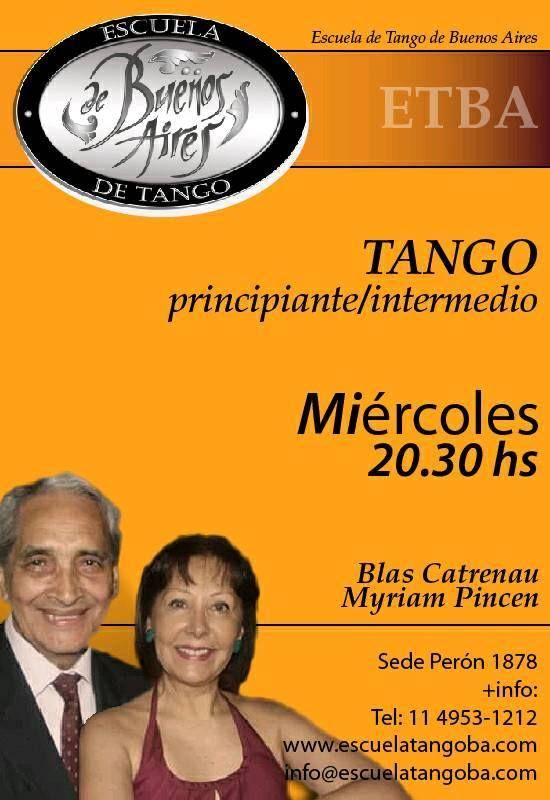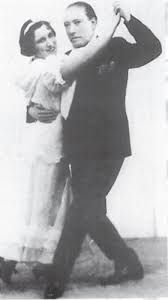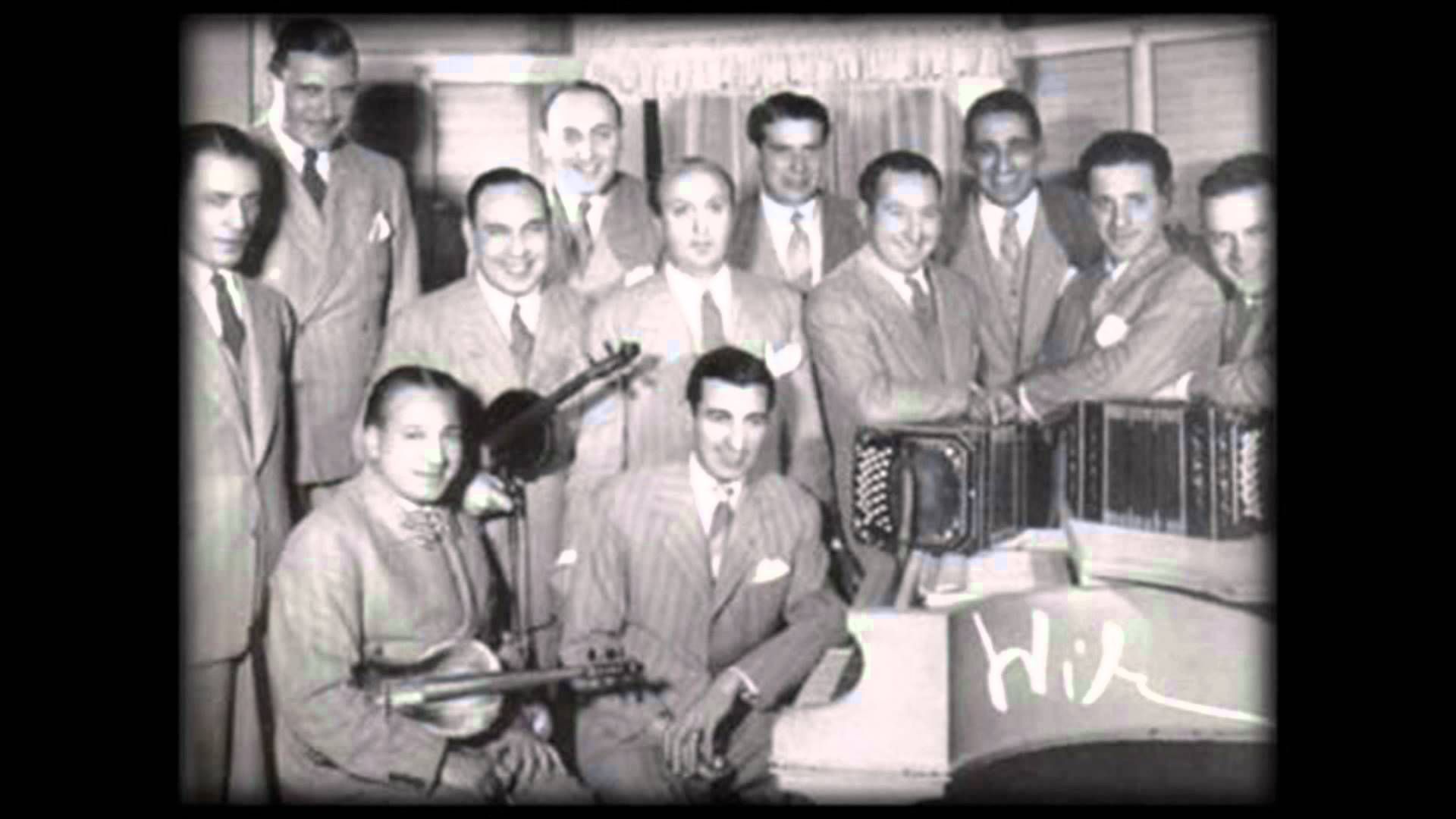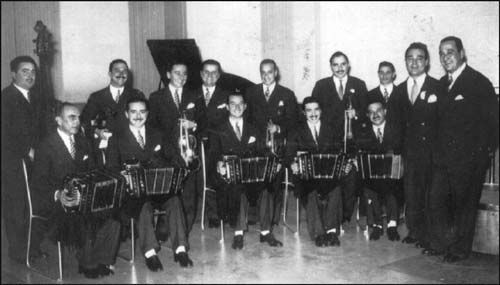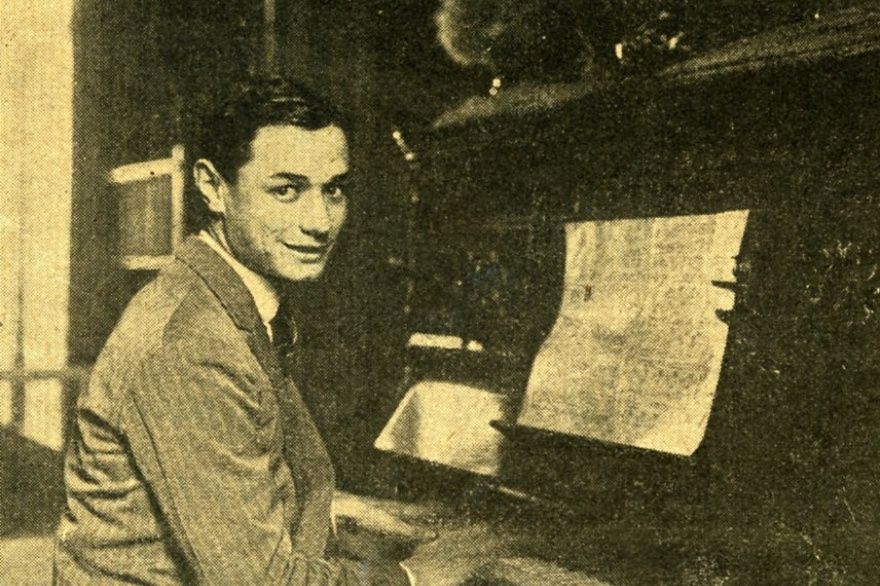Blas Catrenau & Myriam Pincen
Myriam Pincen con Blas Catrenau dancing at “El Maipú Milonga”, January 2018
Myriam Pincen
“My classes aim to instruct and encourage the dance of Tango Salón Tradicional Argentino, a knowledge that I have acquired over more than 30 years of study with various teachers such as: Miguel Gutierrez, Eduardo Arquimbau, Mingo Pugliese, Pepito Avellaneda, J.C. Copez among others, with whom I not only learned to dance but also to teach dance, scene and choreography.
In my classes we work everything you need to dance tango on a dance floor: posture, musicality, balance, cadence, styles, different orchestras, lead and follow, adornments, codes, floor craft, etc.
The final goal is that all can access to enjoy a good tango dance and also to transcend our Buenos Aires’ culture for the next generations.”
Blas Catrenau
He started dancing tango in his early youth among other young men at the practice studio of Crisol and Verné. Later he attended several carnival balls organized at local clubs such as San Lorenzo de Almagro.
Since then he never stopped dancing and attending the most important clubs of his time, like Club Unidos de Pompeya, Club Huracán, Club Social y Sportivo Buenos Aires, Club Social Rivadavia, Palacio Rivadavia, Club Almagro, Chacarita, Premier, Editorial Haines, etc. In his youth he often danced at the main tango bars of Buenos Aires, such as Picadilly, Sans Souci, Montecarlo, and many more.
At the early ‘90s, he started organizing “milongas” himself. From 2003 to 2009 he leaded “La Milongüita”, one of the most famous “milongas” in Buenos Aires. In 2002 he won the First Metropolitan Tango Championship in Buenos Aires. In 2003 he obtained the Tango Teacher degree released by Buenos Aires City Government. He was then authorized to teach at the Centro Educativo del Tango de Buenos Aires (CETBA), created by Masters and Dancers Gloria and Rodolfo DINZEL.
His passion for dancing as well as the harmony he shares with his partner and the gracefulness of his movements, capture and celebrate the essence of traditional TANGO.
